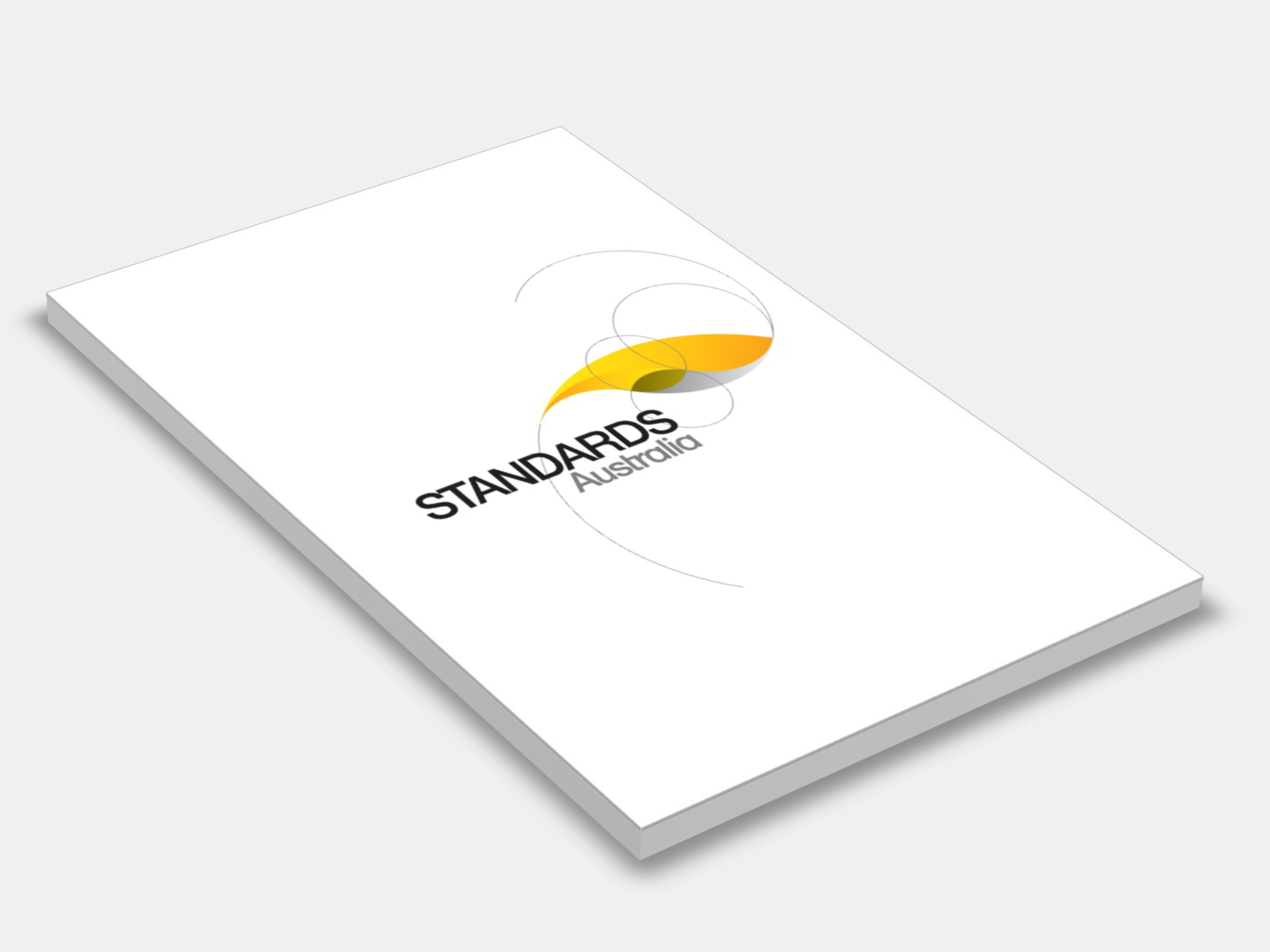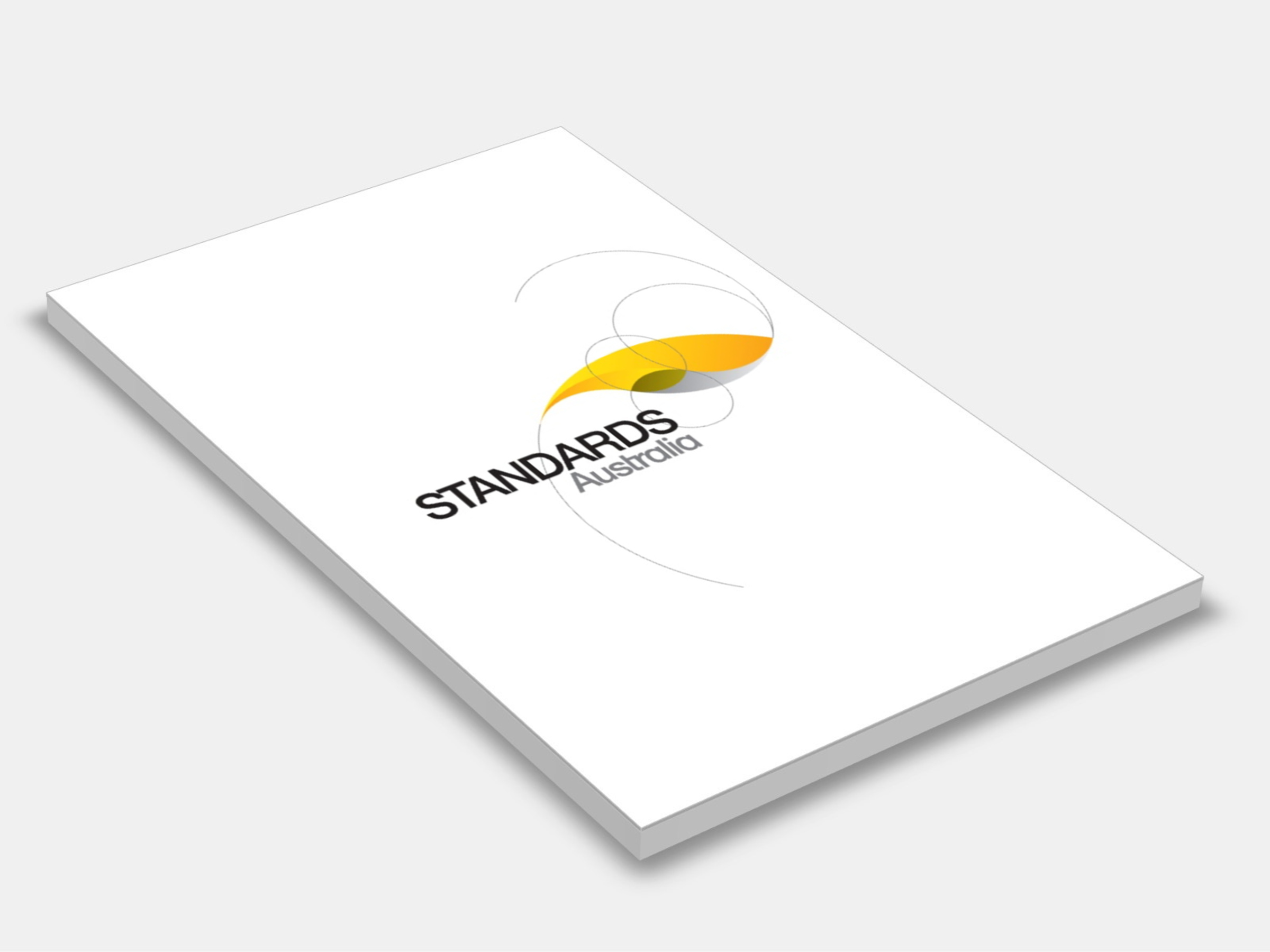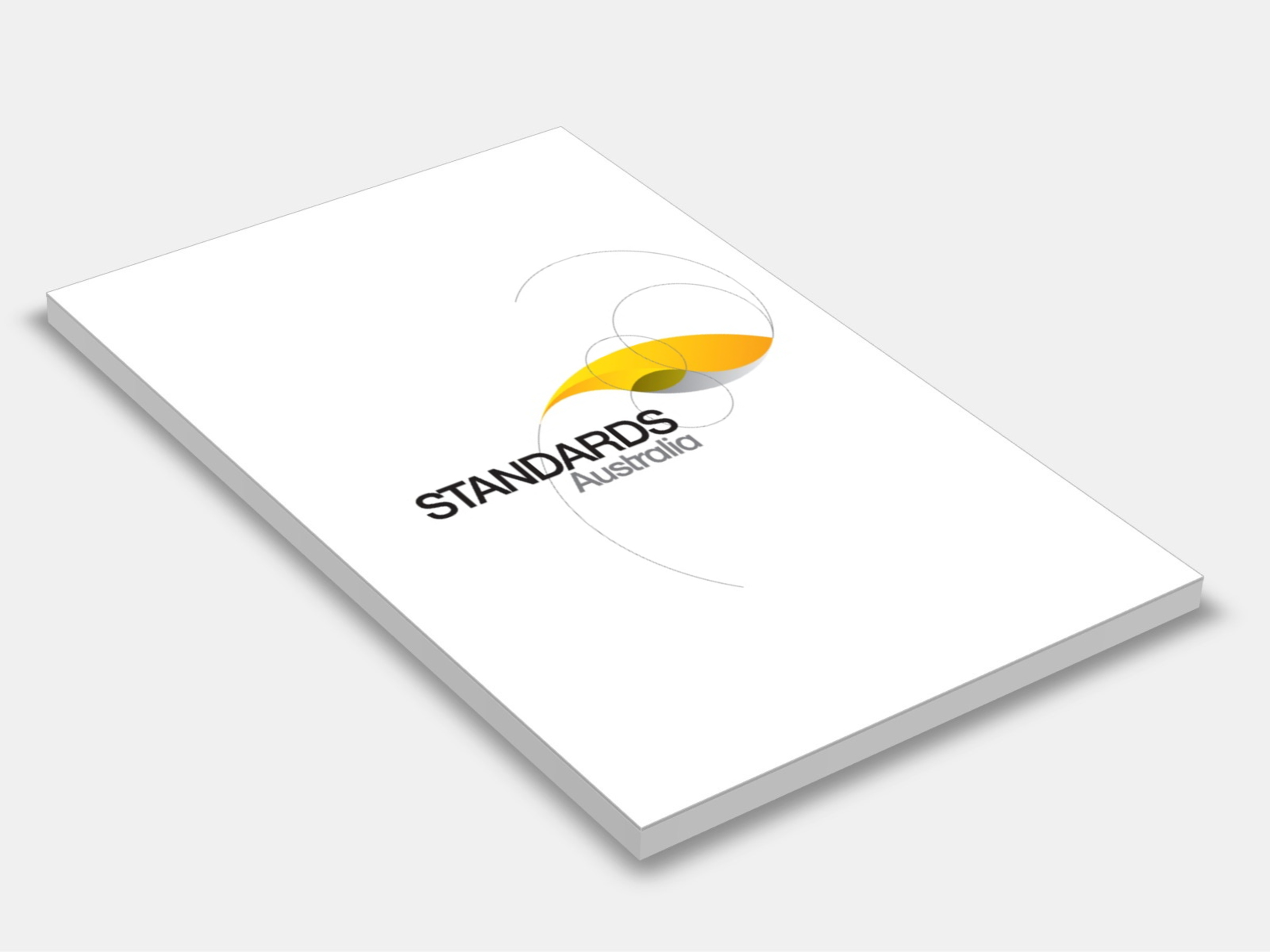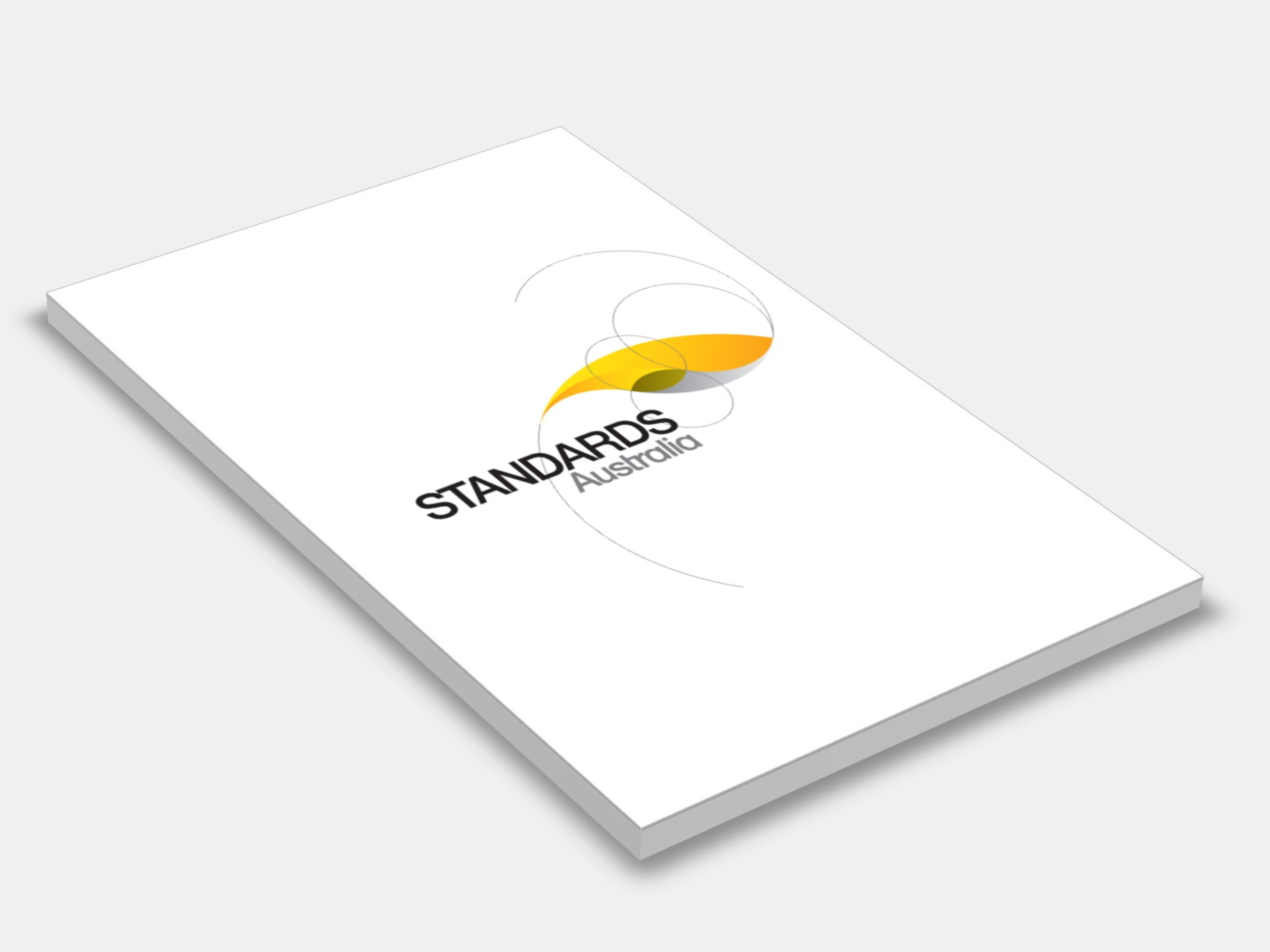
Type
Publisher
Standards Australia
Publisher
Standards Australia
Version:
Third Edition 2023.
(Current)
Short Description
AS 3958:2023 provides instructions on the preparation of the background and the bonded fixing and grouting of floor and wall tiles including mosaic tiles and panels.

Type
Publisher
Standards Australia
Publisher
Standards Australia
Version:
Fifth Edition 2018.
(Current)
Short Description
Sets out requirements for the design, selection, construction and installation of fixed platforms, walkways, stairways and ladders that are intended to provide safe access to places used by operating, inspection, maintenance and servicing personnel.

Type
Publisher
Standards Australia
Publisher
Standards Australia
Version:
Fifth Edition 2018.
(Pending Revision)
Short Description
Specifies minimum requirements for the design and construction of unreinforced, reinforced and prestressed masonry, including built-in components.

Type
Publisher
Standards Australia
Publisher
Standards Australia
Version:
Fourth Edition 2024.
(Current)
Short Description
AS 1684.4:2024, part of the AS 1684 series, provides the building industry with procedures that can be used to determine building practice, to design or check construction details, and to determine member sizes, and bracing and fixing requirements for timber-framed construction in non-cyclonic wind classifications N1 and N2.

Type
Publisher
Standards Australia
Publisher
Standards Australia
Version:
Third Edition 2020.
(Pending Revision)
Short Description
Specifies minimum requirements for the design and the engineering aspects of fabrication and erection, and modification of steelwork in structures in accordance with the limit states design method.

Type
Publisher
Standards Australia
Publisher
Standards Australia
Version:
Fifth Edition 2021.
(Current)
Short Description
Sets out minimum requirements for the materials, design and installation of waterproofing for domestic wet areas in Class 1, Class 2 and Class 4 buildings as defined in the NCC. It also applies to wet areas within Class 3 to 9 buildings as if it were a Class 2 or 4 part of a building.

Type
Publisher
Standards Australia
Publisher
Standards Australia
Version:
Seventh Edition 2018.
(Current)
Short Description
Specifies the uniform minimum requirements for the design, construction and safe operation of Type B appliances that are intended for use with town gas, natural gas, simulated natural gas, liquefied petroleum gas and tempered liquefied petroleum gas or any combination of these gases either together or with other fuels.

Type
Publisher
Standards Australia
Publisher
Standards Australia
Version:
Fourth Edition 2018.
(Pending Revision)
Short Description
Specifies requirements for the construction of buildings in bushfire-prone areas in order to improve their resistance to bushfire attack from burning embers, radiant heat, flame contact and combinations of the three attack forms.

Type
Publisher
Standards Australia/Standards New Zealand
Publisher
Standards Australia/Standards New Zealand
Version:
Third Edition 2022.
(Current)
Short Description
Sets out requirements and means of conformance for the design, installation and commissioning of gas installations that are associated with the use or intended use of fuel gases such as natural gas, LP Gas, or biogas.

Type
Publisher
Standards Australia/Standards New Zealand
Publisher
Standards Australia/Standards New Zealand
Version:
First Edition 2022.
(Current)
Short Description
AS/NZS IEC 60079.10.1:2022 adopts IEC 60079 10 1:2020, which specify requirements for the classification of areas where flammable gas or vapour hazards may arise and may then be used as a basis to support the proper design, construction, operation and maintenance of equipment for use in hazardous areas.